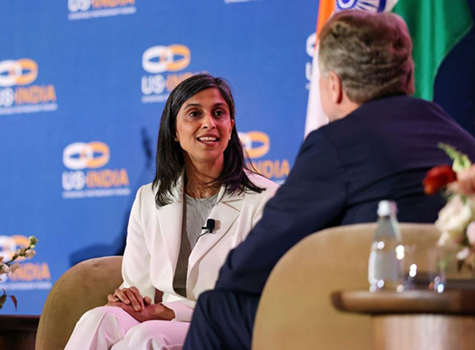Last month we discussed the general nature of ideas behind the Individual Retirement Account (IRA) philosophy; this month I will try to answer some of the most frequent questions that get asked.
I need to take money out of my IRA but I am not 59.5 yet. Is it possible at all for me to withdraw some money from my IRA if I do not have any other choices?
Yes, of course, it is always possible to withdraw money from your IRA; in the worst case you would pay a penalty. What you are really asking is if you can withdraw without paying the 10% penalty.
IRS rules and regulations have kept some provision just for such occasions. There are several ways depending on how much money you need and what you need it for.
The law waives the penalty under the following circumstances:
• If you arrange to take out at any age ‘substantially equal and periodic payments’ (SEPP) based on your life expectancy. You must take the withdrawals for five years or until you turn 59.5 whichever comes later. For example, if you are 52 you will have to withdraw a specific amount for at least 7.5 years. If you are 57 then you will have to withdraw at least till you are 62. This mandatory withdrawal locks you up for at least five years. Unfortunately, you can’t make new contributions to the IRA or take additional withdrawals during that time.
• If you are unemployed, then withdrawals to pay for health insurance.
• Withdrawal to make medical expenses that exceed 10% of your adjusted gross income.
• Withdrawal for college tuition and fees for self and the family.
• First-time homebuyer can withdraw up to $10,000.
No matter what strategy you use, tapping an IRA early could put a permanent dent in your retirement savings. Even though penalty is waived you still have to pay the income taxes on withdrawals. All other options need to be carefully explored before I would recommend this route to follow.
Are my IRA choices for investments limited just like they are for 401k?
Not at all, especially if you are self-managing your IRA accounts via a custodian. As you know you have to have a custodian, by law, to hold your account. They make sure that you are following all the laws that are in place today. But you can make your investment choices. For whatever reasons the 401k choices are very limited, generally a maximum of 25 different options you can choose from. Where as in a self-directed IRA you have literally thousands of choices to choose from over a wide and large spectrum of stocks, mutual funds and many others; all choices, of course, have to be within the limits established by IRS.
My wife is still working even though I retired recently. Is it possible for me to open a Roth IRA and treat it as a spousal contribution?
Assuming that your wife has earned enough to cover the total contributions for you and her ($13,000 if you are both over 50) and your combined income is within the limit you can open a spousal Roth IRA for yourself. The limit to contribute to Roth IRA starts to phase out at $184,000 in 2016 ($186,000 for 2017).
I turned 70 this year. Am I still allowed to convert assets from a regular IRA to a Roth IRA?
There is no age limit for converting to Roth. Of course, you end up paying income taxes on the amount that you convert. On Traditional IRAs, you are required to take required minimum distributions (RMD) when you turn 70.5 and you must take your RMD first before you convert any amount to a Roth. Both the RMD and the converted amount will add to your income for that year which might push you into higher income tax bracket. Conversions should be reviewed very carefully and over many years to make sure that you are not paying unnecessarily higher taxes.
Since congress has made the charitable contribution (directly from an IRA) a permanent fixture of the tax law, I can plan it carefully now. But am I limited to a single charity or can I make gifts to more than one?
This rule applies to any IRA owner over 70.5 and permits gifts, up to a maximum of $100,000 of your IRA money to any number of charities. And it is a tax-free transfer. It is best to check with your favorite charities and your IRA custodian for any paperwork that you will need to establish the donations. When you do that, you do not have to take a RMD that year but you also cannot claim the donation on the itemized deductions.
Years ago, I was making after-tax contributions to my traditional IRA but now I can’t find the 8606 forms. How do I avoid getting taxed on this money again?
As the question suggests, it is possible for anybody that has “earned” income to contribute to non-traditional IRA. Since this is a non-traditional contribution it is from your money after taxes because you are not claiming the deduction on your tax return for that year. As part of the filing procedure, you had filed the form 8606 each year you had non-traditional IRA; the form reports your basis so you avoid taxes when the money is withdrawn. Search your records for form 5498 which your IRA administrator sends to report contributions or you can also look for contributions on your brokerage statements. Try to use that information to compare with your tax returns to determine what you deducted.
If you don’t have those records, you can request a transcript of the old returns from IRS. You can go online to do that. If you need a full return, then you may have to pay for it. An enrolled agent or other tax specialists can access IRS e-services and get those numbers for you.
This only points to one thing; it is essential to keep good records of your returns and other important paperwork. Since a majority of us file electronically, those records are always available in the cyberspace but we have to know how to access them.
I will continue with a question/answer session next issue.



